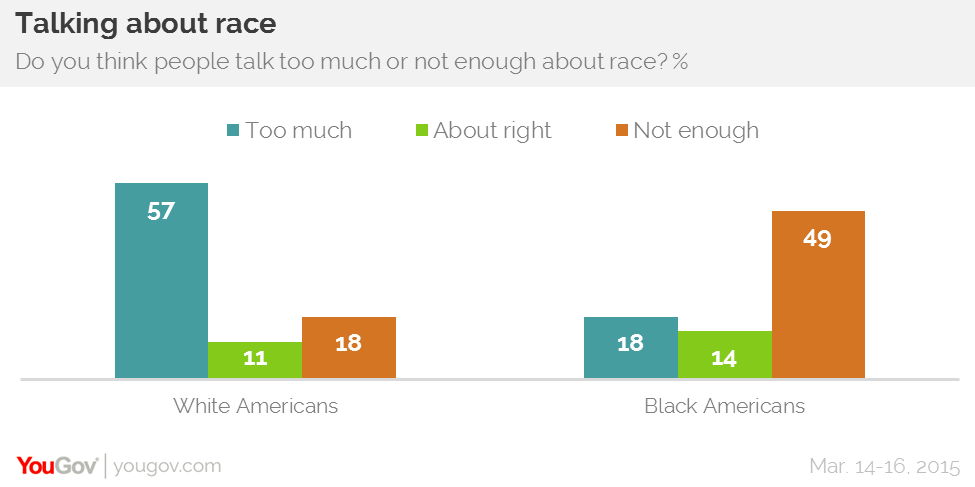A play in Toronto is causing the latest casting controversy:
The Unplugging tells an indigenous story, but the actresses are white
Author Yvette Nolan and director Nina Lee Aquino decided to find their ideal cast for Factory Theatre/Native Earth production, regardless of race.
By Richard OuzounianWhen Caucasian actress Allegra Fulton was offered the part of an aboriginal woman in the Factory Theatre/Native Earth production of The Unplugging, her negative reaction was immediate.
“I turned it down. I didn’t think it was right,” she said on a break from rehearsals for the play, which opens Wednesday. “It’s hard enough as an older white actress to get roles. For my friends who are Métis or First Nations, it’s practically impossible. Why should I take a part away from them?”
But a trio of influential voices kept trying to influence her: the director of both Factory Theatre and the production, Nina Lee Aquino, well known for her work in multiracial theatre; Ryan Cunningham, the artistic director of Native Earth; and the show’s author, Yvette Nolan, herself of mixed Algonquin and Irish heritage.
Fulton kept refusing. “I said ‘I can’t do this. Don’t ask me.’”
Then she remembered what playwright Tomson Highway had said to her years before when she was offered a major role as a Métis woman in a TV series and expressed similar qualms.
“Allegra,” said the flamboyant Cree theatre artist, “if you can’t play Métis, then I can’t play Oscar Wilde. Do it for me.”
So Fulton now finds herself in the show along with Diana Belshaw, also a white woman playing a role whose ethnicity isn’t clearly defined by the script, but whom director Aquino clearly labels as “indigenous.”
“Nina says we’re all indigenous on some level,” says Belshaw, who is also a professor of theatre performance at Humber College. “I’d have to agree with her there. We all have links to history, ancestry, culture in our past. For many of us it’s been broken.But critics aren't necessarily buying it:
The Unplugging sparks debate by casting non-aboriginal actors in indigenous roles
Playwrights and actors divided on choice made by Toronto theatre company
By Kim Wheeler“We talked about the casting, made a list which included not only the indigenous actors ‘of a certain age’ but actors from the larger multicultural community,” said Algonquin playwright Yvette Nolan, who made casting decisions along with director Nina Lee Aquino.
“There are not that many. For many reasons—attrition, retirement, fatigue. Many of the women on our list were already working in other shows or in movies or on much bigger projects."
Community backlash
When Columpa C. Bobb, an actor, writer, director and producer, heard about the casting decisions she created a long list of female indigenous actors on her Facebook page.
That started a discussion among the acting elite--including Tantoo Cardinal who was recently selected by ACTRA for the award of excellence.
“I don't care how talented you are, you will never convince me you are Indian. I have not seen a non-Indian actor catch nuance that needs to be there,” said Cardinal in a phone interview.The problem isn't limited to one play:
Playwright Ken Williams said his first mainstage production of Thunderstick—which went on to star Cree actor Lorne Cardinal and Anishinabe actor Craig Lauzon—had the same problem in 2002.
“We had the Isaac role cast but not one of the actors I wanted for Jacob were available. We ended up casting a non-native person for the role,” said Williams.
Drew Hayden Taylor's play, God & the Indian, will be the next Native Earth production. He's had over 70 productions of his work produced by several theatre companies.
Hayden said that on at least two occasions theatre companies have had to hire non-indigenous actors for his plays.
“I would rather have had a Native actress do the role, but as an artist, I would rather have a talented and experienced actress bring life to my characters than just somebody with a status card who's never acted,” said Taylor, who also saw The Unplugging.Comment: I don't think Native Voices at the Autry, here in Los Angeles, has ever experienced this problem. But it has a huge pool of Hollywood actors, including Natives, to draw on.
These articles don't quite address the core issue. Native Earth Performing Arts is supposedly a "professional Indigenous theatre company." Okay, then it should have developed a pool of talented Native actors in the Toronto area. In fact, Native Earth shouldn't exist unless it has a critical mass of Native actors, writers, directors, and so forth. What's the point of a Native theater company if you don't have enough Native people to put on Native plays?
I trust Native Earth has addressed and answered this question. Perhaps the article writers didn't have the time or space to go into it. But the question is central to the
Unplugging controversy. Does Toronto have enough Native actors to put on Native plays or doesn't it? If it doesn't, what is Native Earth doing about it? If Native Earth is building an ensemble of Native actors but still can't find two of them for
The Unplugging, it may be in the wrong business.
For more on
Native theater, see
Off the Rails at Native Voices and
Stanford Cancels Bloody Jackson Play.
Below: "Allegra Fulton and Diana Belshaw star in Yvette Nolan's play 'The Unplugging.' It runs in Toronto at Factory Theatre until April 5." (Akipari)






